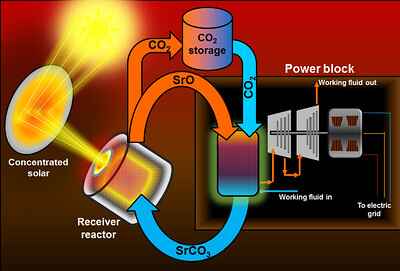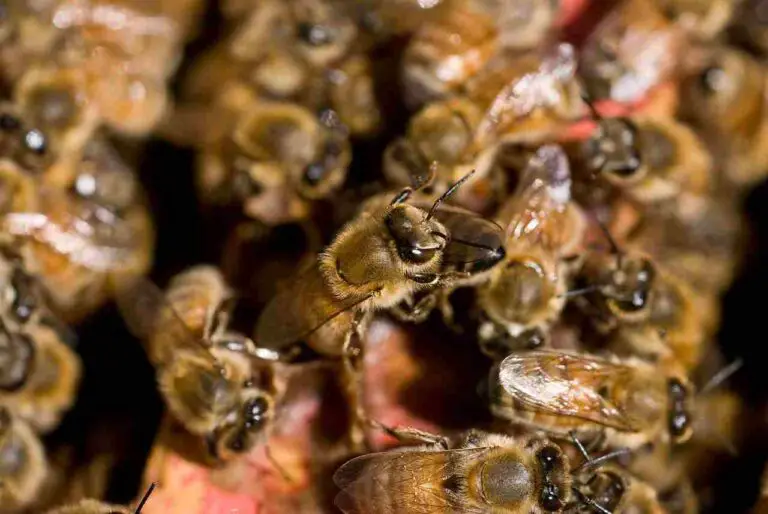5 Environmental Pollution Prevention Measures Explained
Environmental pollution prevention measures include; technology modification, material/method substitution, energy transition, effective maintenance, and resource conservation.
This article discusses environmental pollution prevention (P2), as follows;
1). Technology Modification (as one of the Environmental Pollution Prevention Measures)
The role of technology in pollution prevention is a very significant one, especially since technology itself is a major cause of pollution.
In order for technological modification to be effective for pollution prevention, it must be performed in a proactive manner that addresses environmental degradation from its root causes.
Such modifications must begin from, or at least include, the stage of raw material extraction.
Because the extraction of raw materials signifies the first stage in a typical economic supply chain, it must be conducted in such a manner that establishes a significant level of sustainability.
Technological modification may include improvements in raw material extraction equipment, in all sectors including mining, electricity generation, and manufacturing, to reduce the rate at which waste and toxic byproducts are produced as raw materials are being extracted [3].
Aside raw material extraction, technological modifications may be applied at the stages of material processing, product manufacturing and recycling.
Ideally, the objectives of such modifications should include waste energy minimization through energy conservation and energy efficiency, and resource conservation through process optimization.
Another dimension to the concept of technological modification for environmental pollution prevention, is the use of technology as a tool for active control, mitigation, and environmental remediation.
Examples of technologies in this category include carbon capture and storage systems, catalytic converters, industrial scrubbers, and low-emission power systems or heaters.

2). Material and Method Substitution
Material substitution can be very helpful to eliminate or mitigate pollution from its source.
It involves the selection of less-harmful, less-hazardous, raw materials to be used to replace existing ones, in manufacturing, power generation, and other processes [1]. This reduces the risk of pollution when these materials are extracted, processed, or even recycled.
Method substitution can be alternatively referred to as process substitution or process modification.
It involves active efforts to modify, optimize or redesign the methods and processes used when handling raw materials and converting them to finished products.
In order to prevent environmental pollution, processes of material usage or conversion should be optimized by incorporating measures like recycling, water conservation, pretreatment and post-treatment, all of which may result in increased sustainability of these processes.
3). Energy Transition (as one of the Environmental Pollution Prevention Measures)
The term ‘energy transition’ simply refers to the replacement of conventional energy sources and technologies with more sustainable ones.
It is one of the objectives of sustainable development, and often focuses on advancing and adopting renewable energy to replace fossil fuels, with the aim of protecting the ecosystem [2].
Studies have shown that all forms of energy transition toward renewable or low-emission alternatives, have a tendency to reduce atmospheric emissions and improve air quality [4].
All types of environmental pollution can be partly prevented by transitioning to sustainable energy alternatives. Cutting the use of fossil fuels reduces the risk of oil spill incidents, which are known to cause water and soil pollution.
Energy transition for environmental pollution prevention is very important because of the need for energy in all sectors of the economy. In transport, this transition can take the form of technological modifications like the substitution of internal combustion engine for electric motor, in electric cars.
4). Effective Maintenance
Effective maintenance of industrial facilities can prevent pollution in various ways.
One of these ways is by reducing the risk of pollution accidents; which are events involving the release of pollutants as a result of accidents or human errors.
Effective maintenance can also improve the safety of hazardous waste management, in chemical industries and nuclear power plants, among others.
Lastly, effective maintenance of waste management facilities can improve the efficiency of waste management, thereby preventing pollution.
5). Resource Conservation (as one of the Environmental Pollution Prevention Measures)
Conservation of resources is particularly effective for preventing pollution caused by waste.
Resource conservation includes all efforts and measures to prevent resource depletion, which is often simultaneous with environmental pollution.
It includes recycling, reuse, and source reduction.
The concept of resource conservation is an ethical and socioeconomic concept, which is linked to environmental justice, source reduction, circular economy, and the general avoidance of overexploitation, of natural resources.
Through efficient use of raw materials and energy, the amount of resources being wasted can be reduced, and pollution can be prevented.
Conclusion
Environmental pollution prevention measures are;
1. Technology Modification
2. Material and Method Substitution
3. Energy Transition
4. Effective Maintenance
5. Resource Conservation
References
1). Bontempi, E. (2017). “Raw Materials Substitution Sustainability.” SpringerBriefs in Applied Sciences and Technology. Available at: https://doi.org/10.1007/978-3-319-60831-0. (Accessed 27 October 2022).
2). Kabeyi, M. J.; Olanrewaju, O. (2022). “Sustainable Energy Transition for Renewable and Low Carbon Grid Electricity Generation and Supply.” Frontiers in Energy Research 9:45. Available at: https://doi.org/10.3389/fenrg.2021.743114. (Accessed 27 October 2022).
3). Mughal, N.; Arif, A.; Jain, V.; Chupradit, S.; Shabbir, M. S.; Meza, C. R.; Zhanbayev, R. (2022). “The role of technological innovation in environmental pollution, energy consumption and sustainable economic growth: Evidence from South Asian economies.” Energy Strategy Reviews 39:100745. Available at: https://doi.org/10.1016/j.esr.2021.100745. (Accessed 27 October 2022).
4). Pereira, G.; Bell, M. L.; Honda, Y.; Lee, J.; Morawska, L.; Jalaludin, B. (2021). “Energy transitions, air quality and health.” Environmental Research Letters 16(2):020202. Available at: https://doi.org/10.1088/1748-9326/abdaea. (Accessed 27 October 2022).




